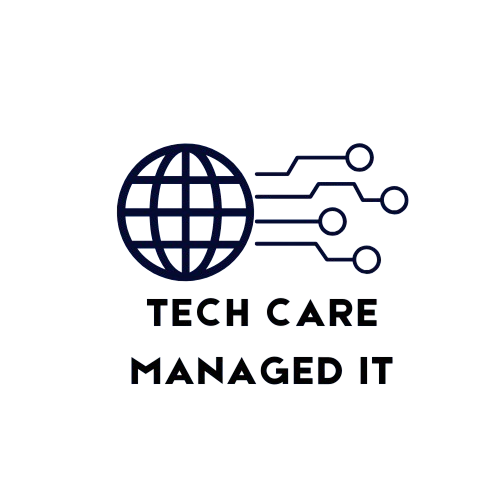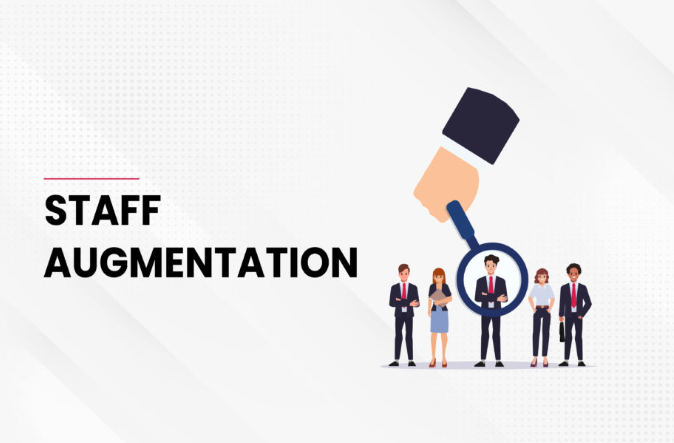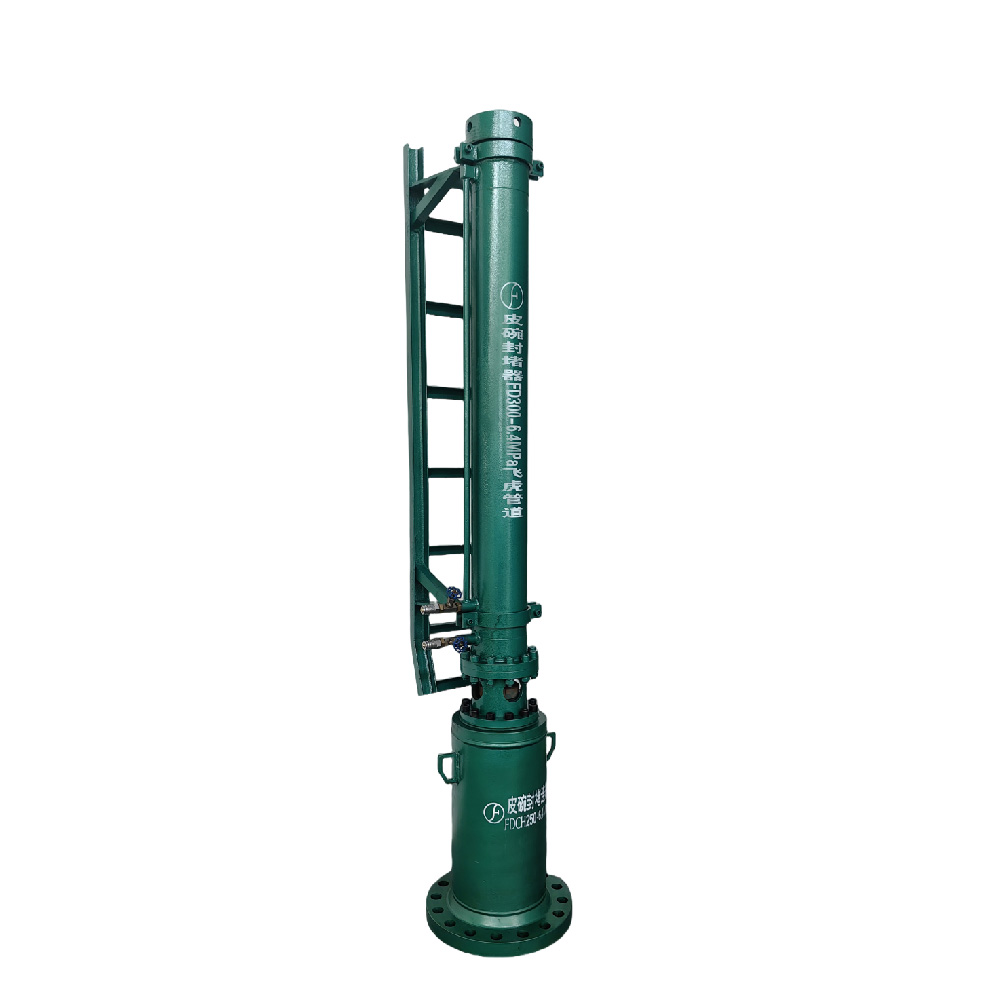Staff augmentation is an effective workforce solution that allows organisations to bring in skilled professionals on a temporary basis, responding swiftly to specific project needs. It’s particularly helpful for businesses that experience fluctuating workloads or work on project-based schedules. This approach offers companies access to specialised expertise without committing to the long-term responsibilities associated with permanent hires, helping to maintain flexibility and resource control.
How Staff Augmentation Functions
The concept behind staff augmentation is simple and strategic. First, a company identifies the specific skills missing in its current team. Then, it works with a staffing provider to onboard professionals who meet those requirements. These external team members work alongside internal staff to complete designated tasks. Whether your needs are short-term for a standalone assignment or longer-term for an ongoing initiative, staff augmentation offers a scalable and adaptable solution. This model allows businesses to expand their teams quickly without overextending their HR resources.
Key Advantages of Staff Augmentation
One of the most attractive aspects of staff augmentation is cost savings. Businesses can avoid the typical expenses associated with hiring permanent staff—such as employee benefits, training programmes, and onboarding. Additionally, it gives companies access to a broad pool of global talent, eliminating geographical hiring restrictions. This level of flexibility helps businesses adjust their workforce in response to project timelines and seasonal demands, ensuring they always have the right skills on hand when needed.
Staff Augmentation vs. Outsourcing: A Clear Distinction
While often compared, staff augmentation and outsourcing serve different functions. Staff augmentation involves integrating temporary professionals into your internal team, where they work under your direction. In contrast, outsourcing generally entails handing over entire projects to a third-party firm that handles them independently. Staff augmentation provides greater visibility and control, making it ideal for companies that value close team collaboration and involvement in day-to-day operations.
Industries Where Staff Augmentation Thrives
Staff augmentation has been widely embraced across multiple sectors. In information technology, it plays a crucial role in filling roles such as software developers, data specialists, and cybersecurity consultants. Healthcare providers utilise it to address staffing shortages without compromising service quality. E-commerce companies often turn to staff augmentation during high-traffic periods or when launching digital campaigns. Financial services and consulting firms also use this model to bring in subject matter experts on a project-by-project basis. Across all these sectors, the ability to quickly adapt to shifting demands is a key driver for adopting staff augmentation.
When Staff Augmentation is the Right Move
There are specific situations where staff augmentation is a practical solution. When businesses face strict deadlines and need to boost their manpower immediately, staff augmentation provides a fast, efficient answer. It’s also useful when a niche skill is required for a limited time. For growing businesses or startups where permanent roles haven’t yet been justified, this approach supports progress without unnecessary overhead. It’s particularly valuable in experimental phases where ideas are being tested, as it offers agility without full-time commitments.
Addressing the Challenges of Staff Augmentation
Despite its many benefits, staff augmentation is not without hurdles. Communication can be tricky, especially if team members are working remotely across different time zones. Using the right collaboration tools and setting clear communication guidelines can help reduce friction. Another challenge is integrating external personnel into the company culture and internal teams. Proper onboarding and alignment of goals ensure smooth collaboration. Additionally, security concerns—especially in sectors like finance and healthcare—should be addressed early to build trust and avoid operational setbacks.
Finding the Ideal Staff Augmentation Partner
The effectiveness of staff augmentation often comes down to partnering with the right provider. Look for agencies with experience in your industry, a solid vetting process, and the ability to match your needs quickly. Transparency in contract terms, performance tracking, and communication protocols is essential. Clear expectations regarding scope and deliverables will also go a long way in ensuring a productive partnership. A reliable provider should function as an extension of your internal team and align with your strategic workforce objectives.
Is Staff Augmentation the Future of Work?
As companies embrace remote operations and digital shifts, staff augmentation is becoming a go-to workforce strategy. It’s a practical response to the changing nature of work, offering agility, cost control, and access to global talent. Technologies like artificial intelligence, automation, and freelancing platforms are contributing to the rise of staff augmentation as a viable, long-term staffing model. Rather than a temporary solution, it’s increasingly viewed as a key element of sustainable workforce planning.
Building Workforce Agility Through Staff Augmentation
More than just a hiring tactic, staff augmentation enables companies to build teams that are both scalable and responsive. Whether you’re managing a fast-growing startup or leading a well-established enterprise, this model supports dynamic business demands without the long-term burden of traditional hiring. By filling specific skill gaps and managing operational costs effectively, staff augmentation positions businesses for long-term success. As the world of work continues to change, staff augmentation remains a smart choice for building resilient and adaptive teams.











